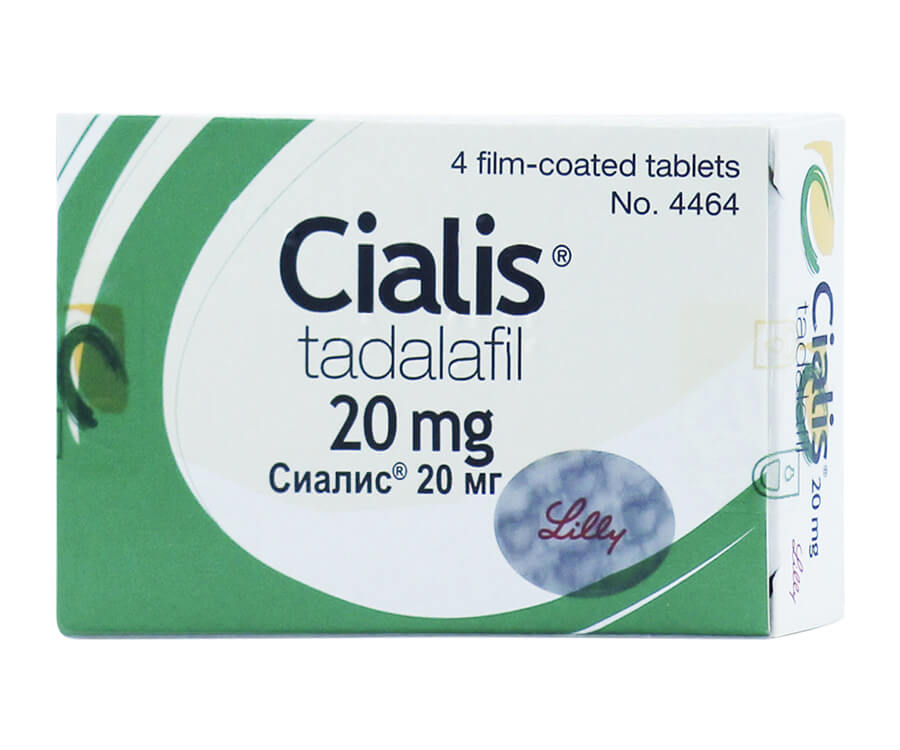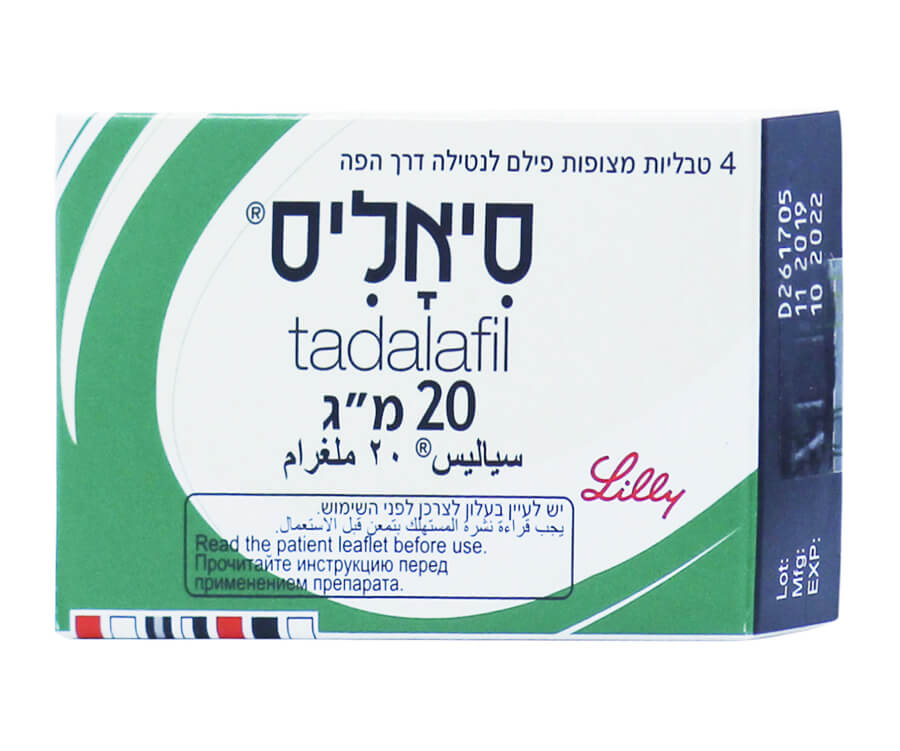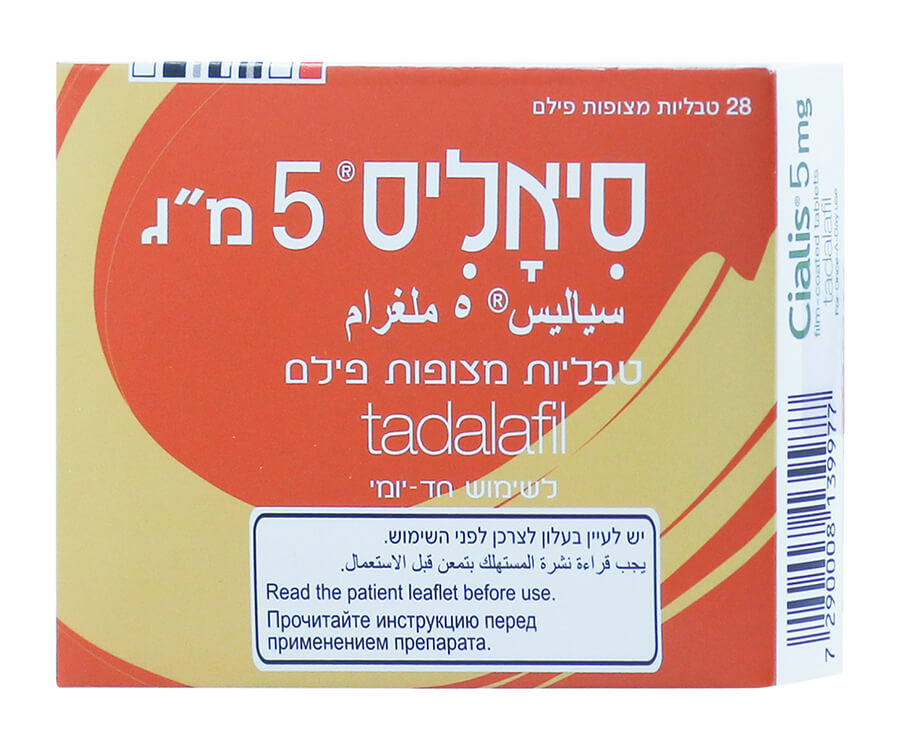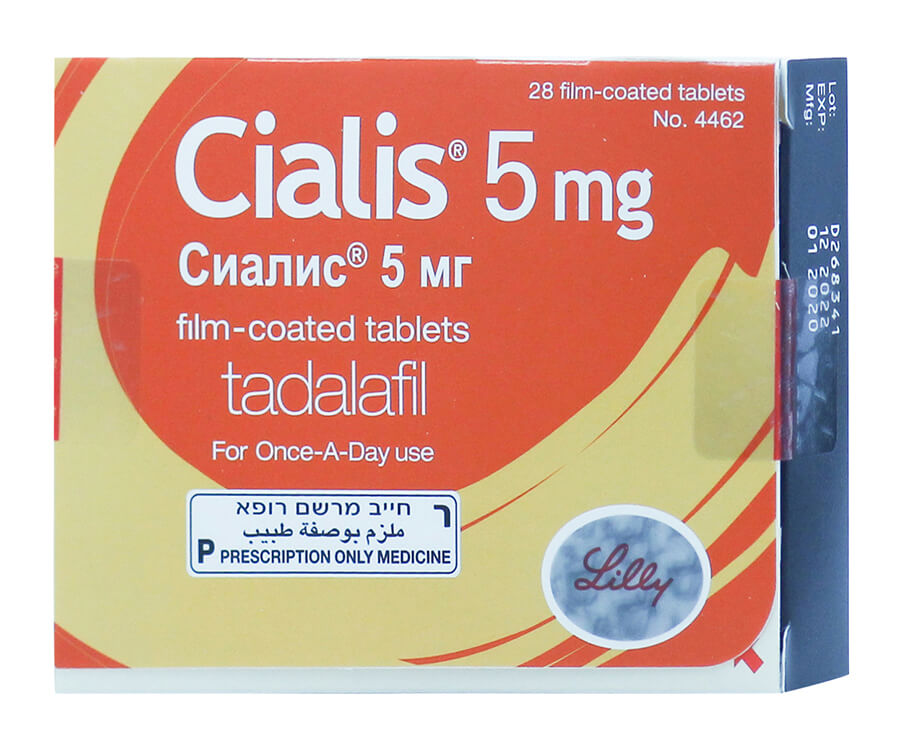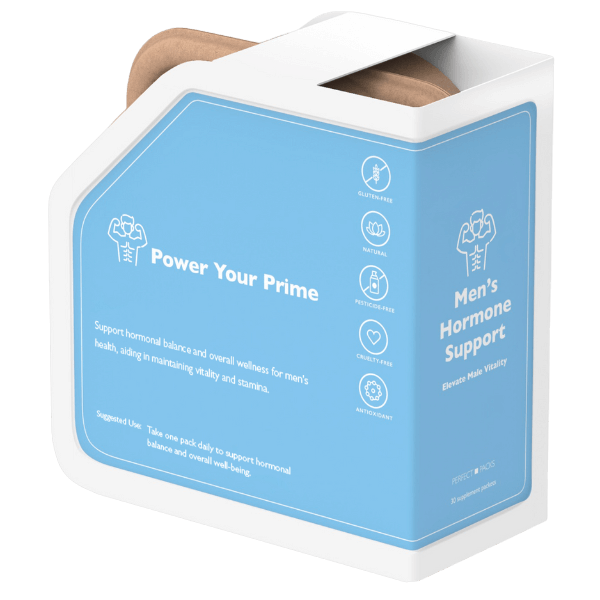Cialis (generic name: tadalafil) is a prescription medication belonging to the class of phosphodiesterase type 5 (PDE5) inhibitors. It is primarily used to treat erectile dysfunction (ED), benign prostatic hyperplasia (BPH), and pulmonary arterial hypertension (PAH).
Tadalafil works by inhibiting the PDE5 enzyme, leading to increased levels of cyclic guanosine monophosphate (cGMP). This results in the relaxation of smooth muscle cells and vasodilation, enhancing blood flow to specific areas of the body.
- In erectile dysfunction (ED), this mechanism facilitates improved blood flow to the penis during sexual stimulation.
- For benign prostatic hyperplasia (BPH), it relaxes muscles in the bladder and prostate, alleviating urinary symptoms.
- In cases of pulmonary arterial hypertension (PAH), where the arteries in the lungs become narrow and stiff, it helps relax and widen pulmonary blood vessels, easing the heart’s workload and improving blood flow.
Dosage
The tablets are to be taken according to the prescribing doctor’s instructions. The usual doses are:
Erectile Dysfunction (ED)
-
As-needed dosing: 10 mg taken at least 30 minutes before sexual activity. Depending on efficacy and tolerability, the dose may be increased to 20 mg or decreased to 5 mg.
-
Once-daily dosing: 2.5 mg taken at the same time each day, without regard to timing of sexual activity.
Benign Prostatic Hyperplasia (BPH)
Pulmonary Arterial Hypertension (PAH)
If a dose is missed, take it as soon as remembered. If it is almost time for the next dose, skip the missed dose and resume the regular dosing schedule. Do not double-dose to make up for a missed dose.
Storage
Store Cialis below 25°C / 77°F in the original package in order to protect the pills from moisture. Dispose of unused tablets with care – don’t flush down the toilet or sink.
Please read our tips on handling medicine safely.
Questions people ask about Cialis
How long does Cialis last?
Cialis can remain effective for up to 36 hours after ingestion, allowing for greater spontaneity in sexual activity.
Does Cialis work immediately?
Cialis typically starts working within 30 minutes, but sexual stimulation is required for it to be effective.
Are there any dietary restrictions while taking tadalafil?
Tadalafil can be taken with or without food. However, excessive alcohol consumption may increase the risk of side effects.
This text is for informational purposes only. Please consult a doctor or pharmacist before using any medication.
Read the information leaflet that comes with the medication.
Most people who use Cialis do not experience any adverse side effects. Doctors prescribe this medication because they assess the benefits of such treatment outweigh any likely unwanted effects.
Some of the side effects that have been reported include:
- facial flushing
- headaches
- stomach upset / diarrhea / nausea
- flu-like symptoms
Tadalafil also may cause
- low blood pressure
- blurred vision and changes in color vision
- abnormal ejaculation
Tadalafil has been associated with prolonged erections or priapism (painful erections lasting more than 6 hours). Patients should seek immediate medical help if they experience an erection lasting more than 4 hours.
Use of tadalafil, most often in patients with pre-existing heart disease, has been associated with chest pain, heart attacks, death, strokes, palpitations, and increased heart rate.
Cialis requires a prescription. Please follow your doctor’s instructions when taking this medication. Not all side effects are listed here. If these or other unlisted symptoms persist or worsen, consult a healthcare provider or pharmacist.
Erectile Dysfunction (ED)
ED is characterized by the inability to achieve or maintain an erection sufficient for satisfactory sexual performance. Symptoms include reduced sexual desire and difficulty achieving an erection.
Benign Prostatic Hyperplasia (BPH)
BPH involves the enlargement of the prostate gland, leading to urinary symptoms such as frequent urination, urgency, weak stream, and nocturia.
Pulmonary Arterial Hypertension (PAH)
PAH is a condition of elevated blood pressure in the arteries of the lungs, causing symptoms like shortness of breath, fatigue, chest pain, and dizzines


